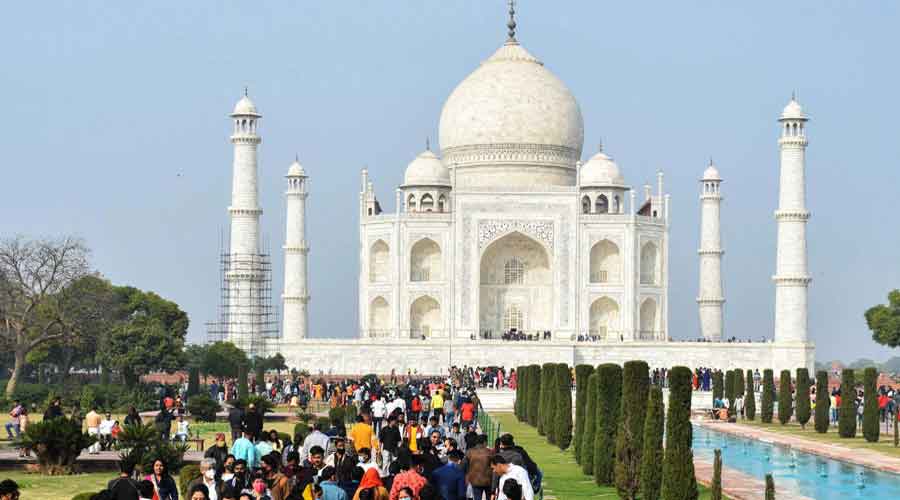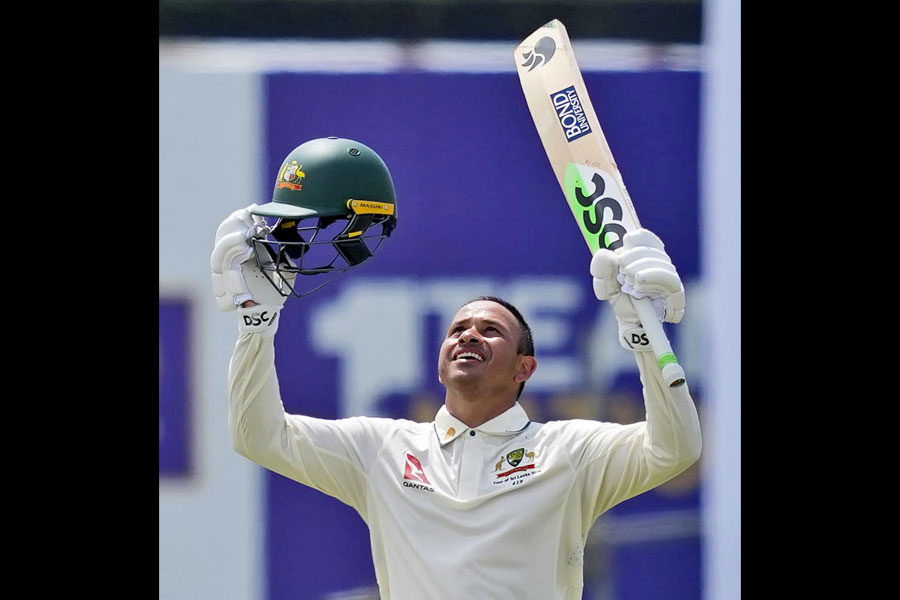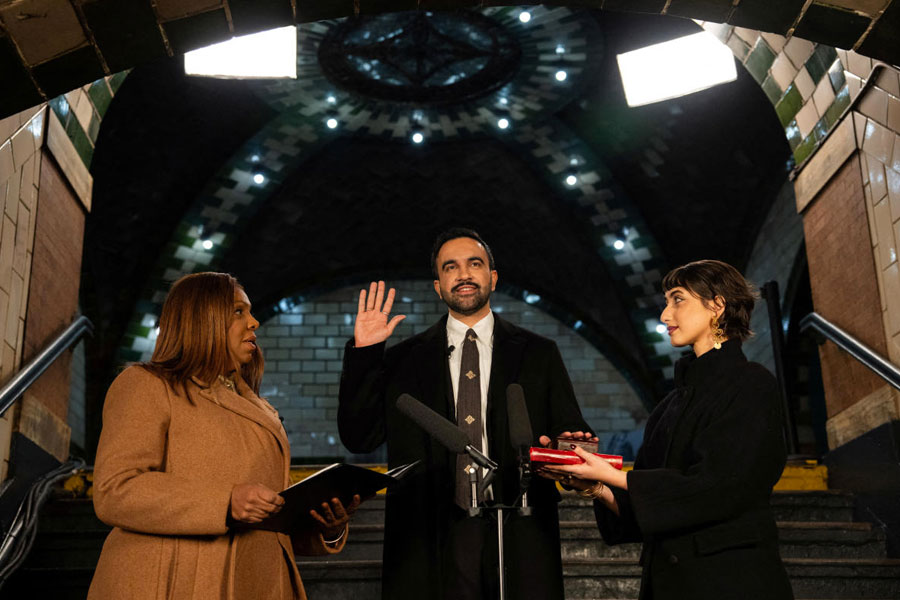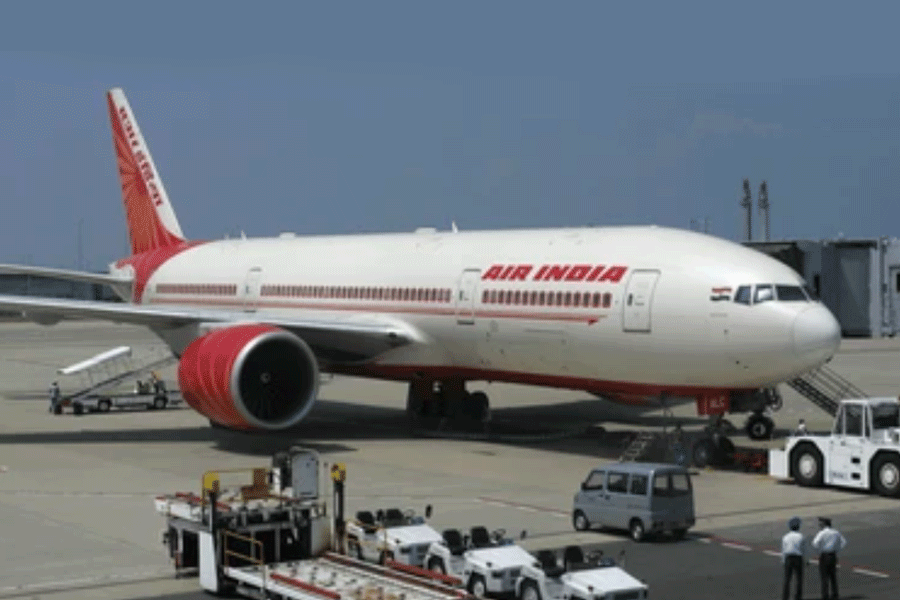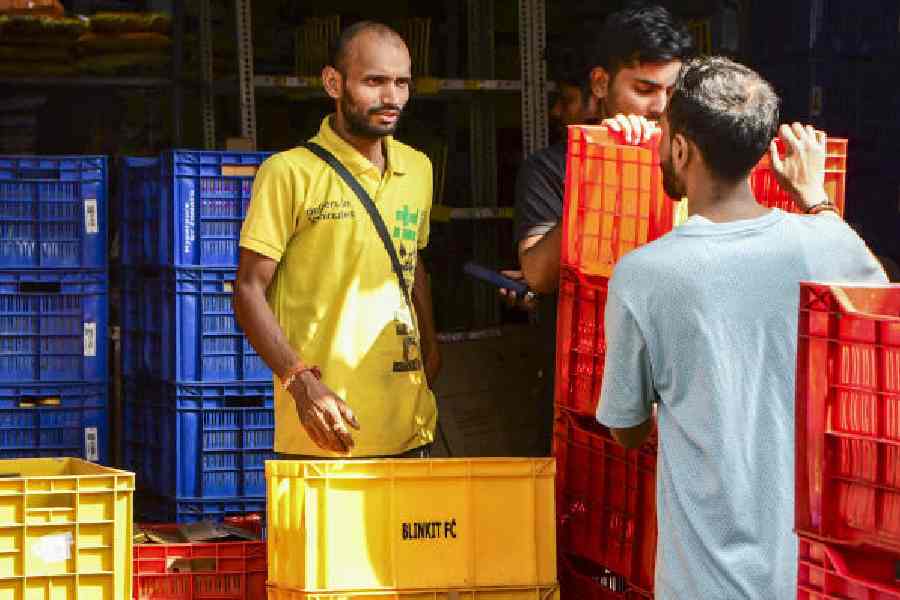Yet another front seems to have been opened against the edifice of pluralism in India. This time, the target appears to be historic sites associated with Islamic architecture and reverence. A petition has been filed in the Allahabad High Court seeking directives to the Archaeological Survey of India to open a number of chambers in the Taj Mahal — one of the architectural marvels of Mughal rule — in order to examine whether Hindu idols and scriptures have been concealed in these rooms. Meanwhile, Hindu members of a court-appointed commission were accused of overstepping their brief during a survey to locate the alleged ruins of a temple within Varanasi’s Gyanvapi mosque complex, which has long been in the sights of the sangh parivar. The political and ideological prerogatives behind this pincer movement have been evident with the rise of Hindutva. History is being distorted — weaponized — to efface Islam’s imprints on the body politic of the republic. This kind of mischief has the potential of not only corrupting history but also bludgeoning the country’s spirit of accommodation. The public enthusiasm for these ventures also exposes the robustness of the prevailing ahistorical sentiments. The collective ignorance about empires, be they Hindu, Buddhist, Islamic or, later, the raj, targeting rival religious structures to ascertain their respective suzerainties is galling.
There is, however, an additional concern. Some of these re-examinations have been given legal legitimacy. The survey at the Gyanvapi mosque — it has a lower court’s nod — is an example. Such a legal shield may be interpreted as one that goes against the principle of ‘non-retrogression’ of rights that makes it clear that the State is mandated to extend the realm of protection to religious structures but cannot renege on this protection. Incidentally, the Supreme Court has also endorsed the tenets of the Places of Worship (Special Provisions) Act that says that the religious character of places of worship must remain unchanged from what they were on August 15, 1947. Is the civil court’s nod to the survey consistent with the position of the apex court? Defenders of the historic Ayodhya verdict had stated that a wound that had festered for decades would now be closed. But naysayers pointed out that India’s ruling party and its ideological arm would read the verdict differently. The creation of new wounds, as is being attempted, makes it difficult to dismiss their cynicism.

